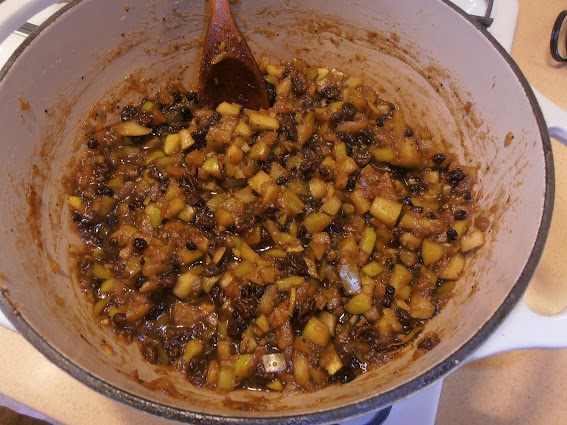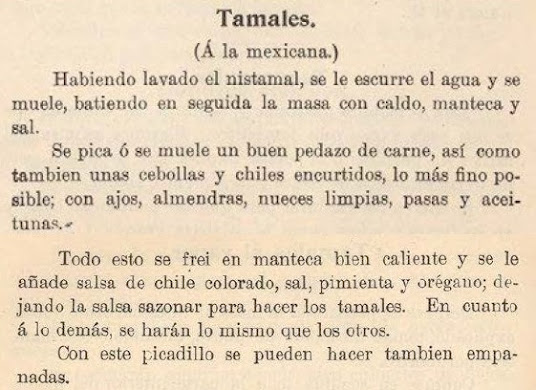I
found this fascinating article by Charles Lockwood, “Tourists in Gold Rush San
Francisco”, published in the journal:
California History , Winter, 1980/1981, Vol. 59, No. 4 (Winter,1980/1981), pp. 314-333
Mr.
Lockwood begins by describing what visitors to 1849 San Francisco had to endure
while traveling there from the East:
either they took the Panama route, which had bad weather, illness, and
poor accommodations, or they sailed around Cape Horn, which wasn’t quite as
bad, though they could encounter storms, but it took six months.
Once
there, they saw a city that looked “jumbled” because it consisted mostly of
tents and shelters made of wood frames covered in cloth. It was crowded, bustling with activity, and
populated primarily by men. The streets
were unpaved and often muddy. Garbage
and filth were common – people often tossed their trash into the mud to make
the streets at least a little easier to traverse.
Lodging
was difficult to obtain, rudimentary, and expensive. Men sometimes slept six and eight to a
room. They might have a mattress on the
floor, with only a blanket to cover them.
The more fortunate had a bed on a frame and maybe even other furniture.
The
population of San Francisco was growing with so many who imagined striking it
rich in the gold fields, and it was diverse:
The men who filled the streets had come
from the four corners of the world. In fact, Vicente Perez Rosales, a native of
Santiago, Chile, who landed in February, 1849, thought that it looked as if the
"many transients might have been thought to be celebrating a vast and
noisy masquerade ball, such were their exotic costumes, their language, and the
very nature of their occupations." (page 318)
Page
323 gives us a good idea how this diversity translated into what was available
to eat:
In 1849 restaurants had opened in every
part of town and served food of every imaginable nationality. "There were
cooks, too, from every country," recalled the Annals, "American,
English, French, German, Dutch, Chinese, Chileno, Kanaka, Italian, Peruvian,
Mexican, Negro, and what not."
Chinese restaurants were particularly
numerous. Englishman J.D. Borthwick didn't like the appearance of the
"dried fish, dried ducks, and other very nasty looking Chinese
eatables," but he admitted that "rats were not so numerous here as elsewhere."
There were American style restaurants
everywhere, and Englishman Borthwick saw regional variations in their meals. At
some American style restaurants "those who delighted in corn-bread,
buckwheat cakes, pickles, grease, molasses, apple sauce, pumpkin pie, could
gratify their taste to the fullest extent."
Food was
expensive. Mr. Lockwood tells us, “The food was good,
and there was plenty to eat, but the prices were astronomical by East Coast
standards.” For example, “The Bill of Fare at the Ward House
for December 27, 1849 offered roast beef, lamb, mutton, and pork for $1.00 a
serving, a limited selection of vegetables for fifty cents, baked trout for
$1.50, and desserts such as bread pudding or apple pie for seventy five cents.”
Also, “Dinner with wine in one of the finest establishments cost $5 to
$12 at the height of the Gold Rush, while a meal in one of the ordinary
restaurants ran $1 to $3. Restaurant food was generally as good as that served
in hotel dining rooms.” (pg 323)
One visitor at a hotel ordered “Lobster with mayonnaise, a roast chicken, a few
slices of cold meat, and several bottles of fairly good Bordeaux…” (pg 322)
He
notes that:
During the Gold Rush, most guests were
satisfied with hotel food even though the meals lacked variety, because many
items were just unavailable. Potatoes, for example, were quite scarce in 1849,
and restaurants charged a quarter for one the size of a walnut. But there were
plenty of men eager to pay even this inflated charge. The Annals declared that
"it was no uncommon thing to see posted at the door of an eating-house, as
an inducement for the hungry to enter, the announcement, 'Potatoes to-day,' or
'Potatoes at every meal'."
…
Serving meals like those in 1849 took all
the imagination of the hotel manager. Almost no one wanted to farm or fish when
there were fortunes to be made digging for gold. John Henry Brown recalled that
it was "very difficult to keep up the boarding department" and that I
"would have failed entirely had it not been for the fact that I was
personally acquainted with the captains of vessels, and consequently had an
opportunity of procuring from them a portion of what they had for the use of
their ships." Every time a ship sailed for Oregon, Brown ordered butter,
ham, bacon, eggs, "or anything I could obtain in the way of
provisions." An old man, named Herman, brought him fresh vegetables such
as cabbages, lettuce, carrots, and turnips. "These he brought daily; I had
to pay him fifteen to twenty dollars per day," wrote Brown. "Another
item of considerable expense to me, was the hiring of two hunters and a whale
boat to go off up the creeks after game; they would make two trips per week
and, were usually very successful." (pg 323)
Cleanliness
was an issue, and sometimes people ate foods that were of an indeterminate
nature:
Some restaurants occupied canvas tents and
served sand to customers along with beefsteak and coffee. "It can readily
be discerned," declared the Annals, "that, from want of the necessary
apparatus and room for cooking, the inexperienced and indifferent character of
the men employed as cooks, and the immense number of persons daily to be served
in the most of these places, the greatest cleanliness was not generally
observed, and that very many devoured food of the precise character of which it
was quite as well that they were kept in ignorance." (pg 323)
Mr.
Lockwood points out that these aspects of 1849 San Francisco did not last:
By 1851 the price of food had dropped to
reasonable levels, and there was quite a variety available, too. Many men who
had left farms to come to California to dig for gold now returned to the soil
and were supplying the city with milk, eggs, and vegetables. Others were
fishing or hunting for a living. "The market was well supplied with every
description of game -- venison, elk, antelope, grizzly bear, and an infinite
variety of wildfowl," reported J.D. Borthwick. Now there were dozens of
restaurants in San Francisco, and some had pretensions to haut cuisine and elegance. San Franciscans were proud that their
city had reached such a level of refinement so quickly. (pg 326)
I
appreciate the insight this article brings on the foodstuffs available during
1849-1851 San Francisco and a little on how they were prepared. The diversity of people but also the quantity
of people influenced the availability, the cost, and the variety. I look forward to finding other sources that
might bring a different viewpoint, perhaps by people of other cultures. Recipes would be nice, too!
























































